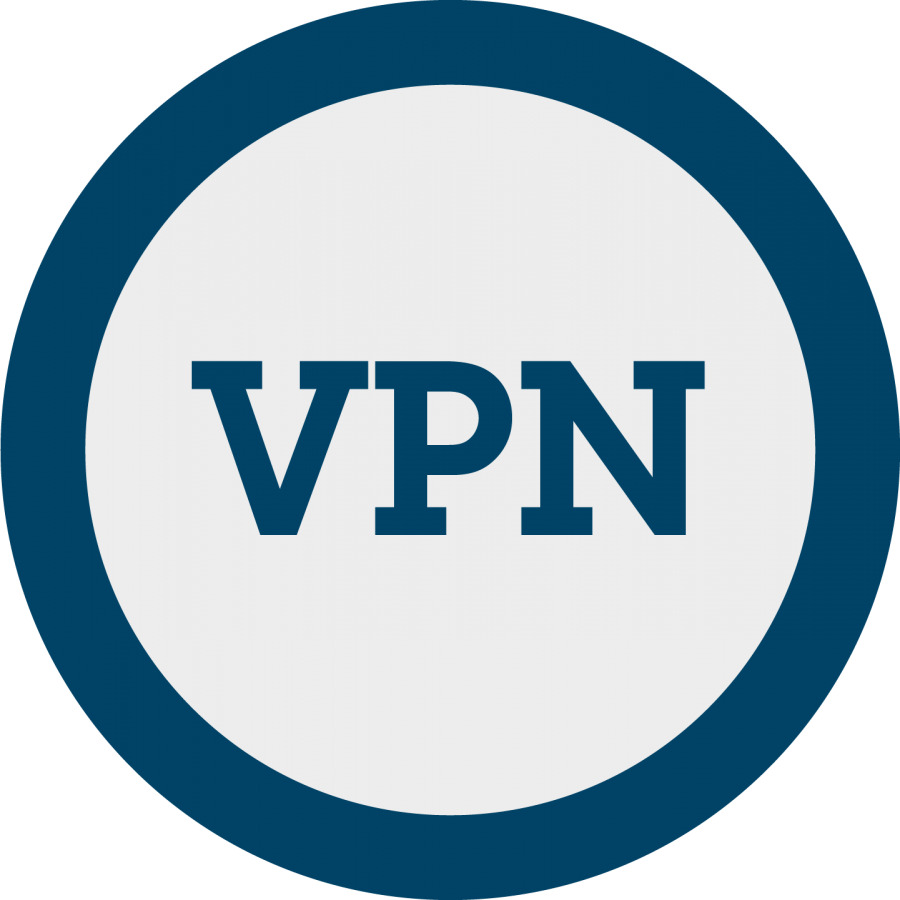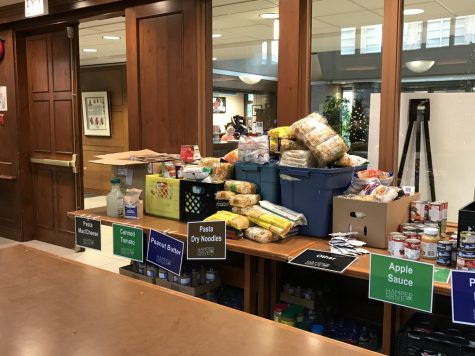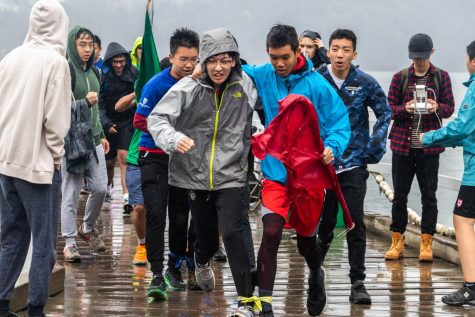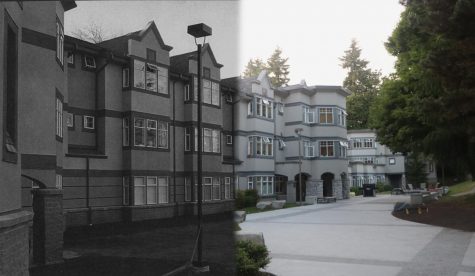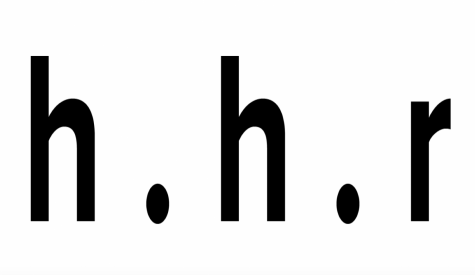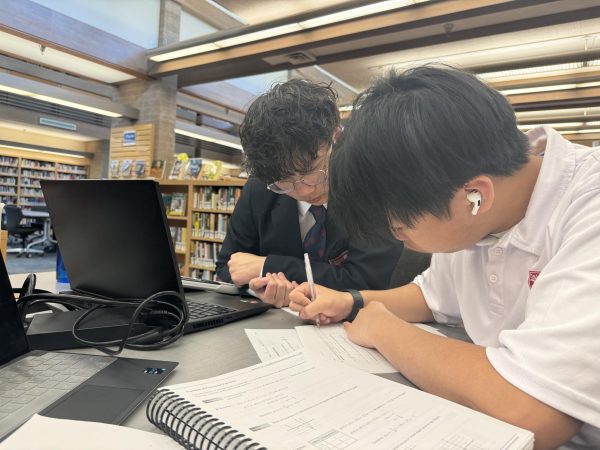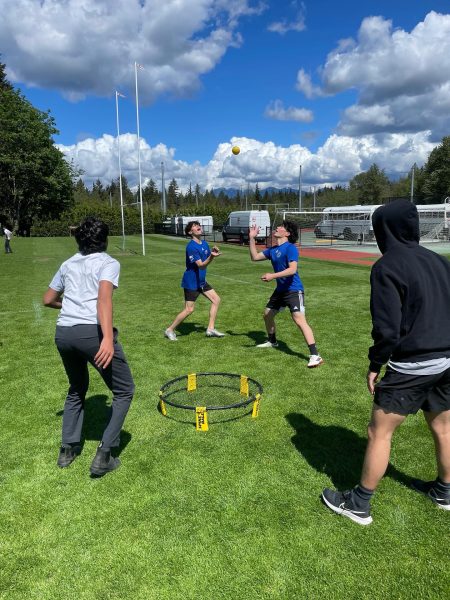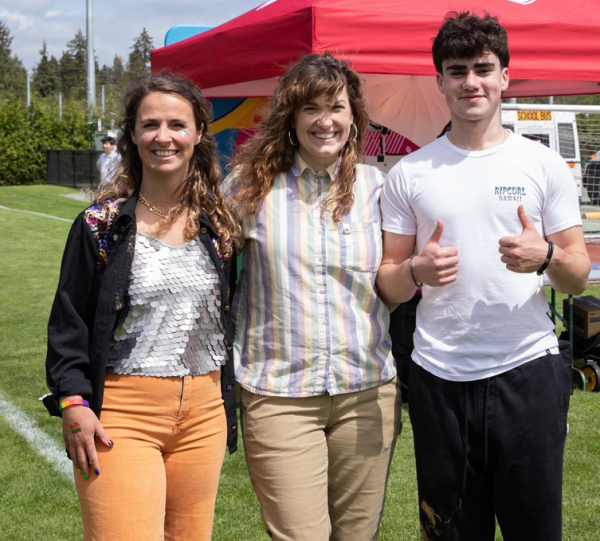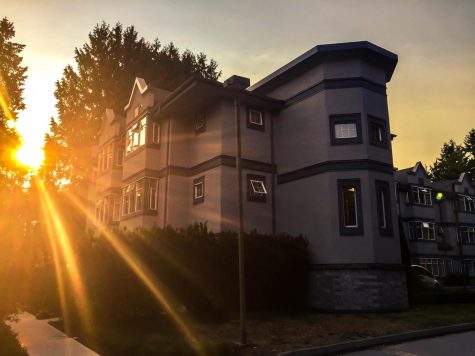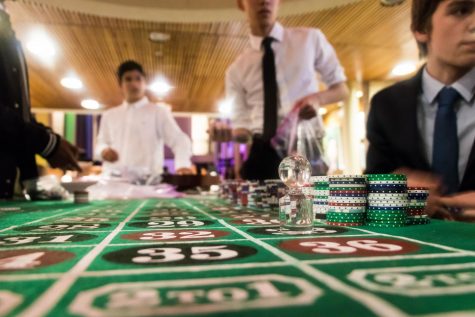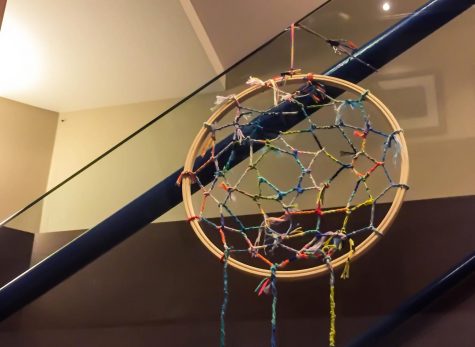VPN’s at St. George’s
At St. George’s School there are three different types of websites. Websites that are available for usage at all times, websites that are available for usage only after school hours, and websites that are never available for usage. Although there are restrictions to what we as students can view, is there a way around the controlled websites?
According to Mr. Hesketh, who is the head of Residential Life at St. George’s, the school uses “A commercial service offered by Palo Alto Networks for our firewall and to control access to web services.” Mr. Hesketh later went on to say “When we discover that a site has been incorrectly blocked, the IT department is able to make a change to the rules to allow that website. We don’t specifically choose sites to allow or disallow.”
After 4 PM on school days, many sites become unblocked, most of which are gaming websites. Some sites remained blocked however, such as 9GAG, a user-generated social media site, focused on memes. We don’t know how Palo Alto Networks deciphers what’s allowed and not, but it seems odd that a legal site such as 9GAG is blocked but many illegal sites are not.
Although sites such as 9GAG are blocked, students have cleverly found ways to access the controlled sites. The solutions are called VPN’s. A VPN, or Virtual Private Network, allows you to create a secure connection to another network over the Internet. VPN’s can be used to access region-restricted websites, shield your browsing activity from prying eyes on public Wi-Fi, and more. At saints, VPN’s are used to get around the blocked websites.
From discussion, it could be said that many students have VPN’s. These students have them to access blocked sites during the school day. According to a Grade 11 border, “Most borders have VPN’s.”
The question at hand, is whether the usage of VPN’s across St. George’s is warranted; and if there should be blocked sites for St. George’s students.

Liam Solomon is a lifer at St. George’s. He has thoroughly enjoyed his first ten years at St. George’s and looks forward to diving into his 11th year....



